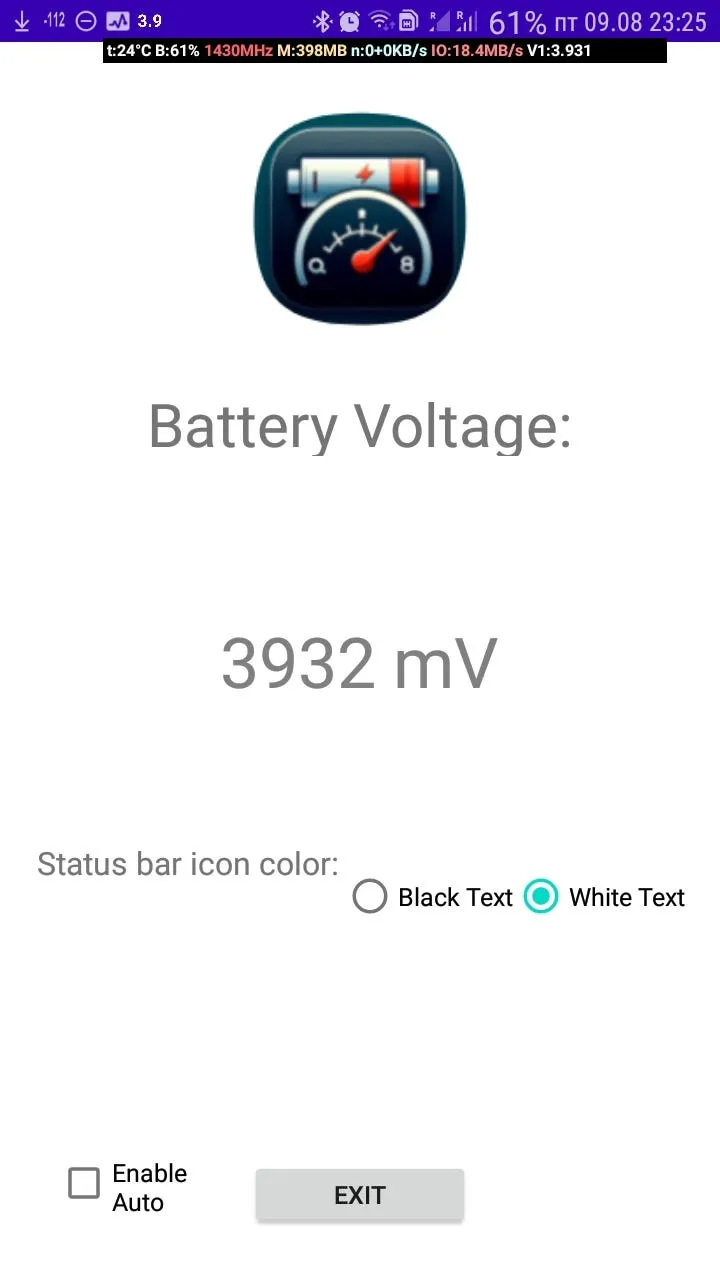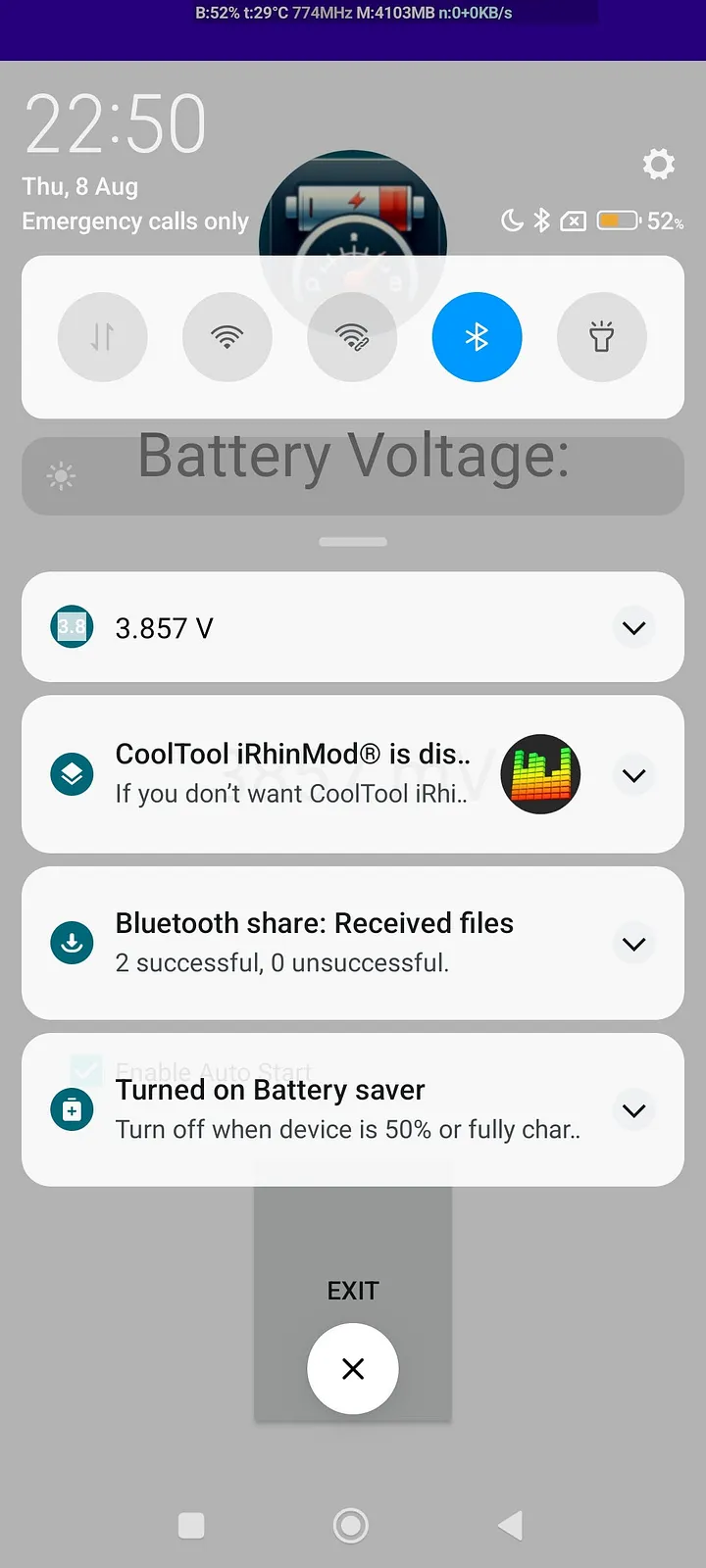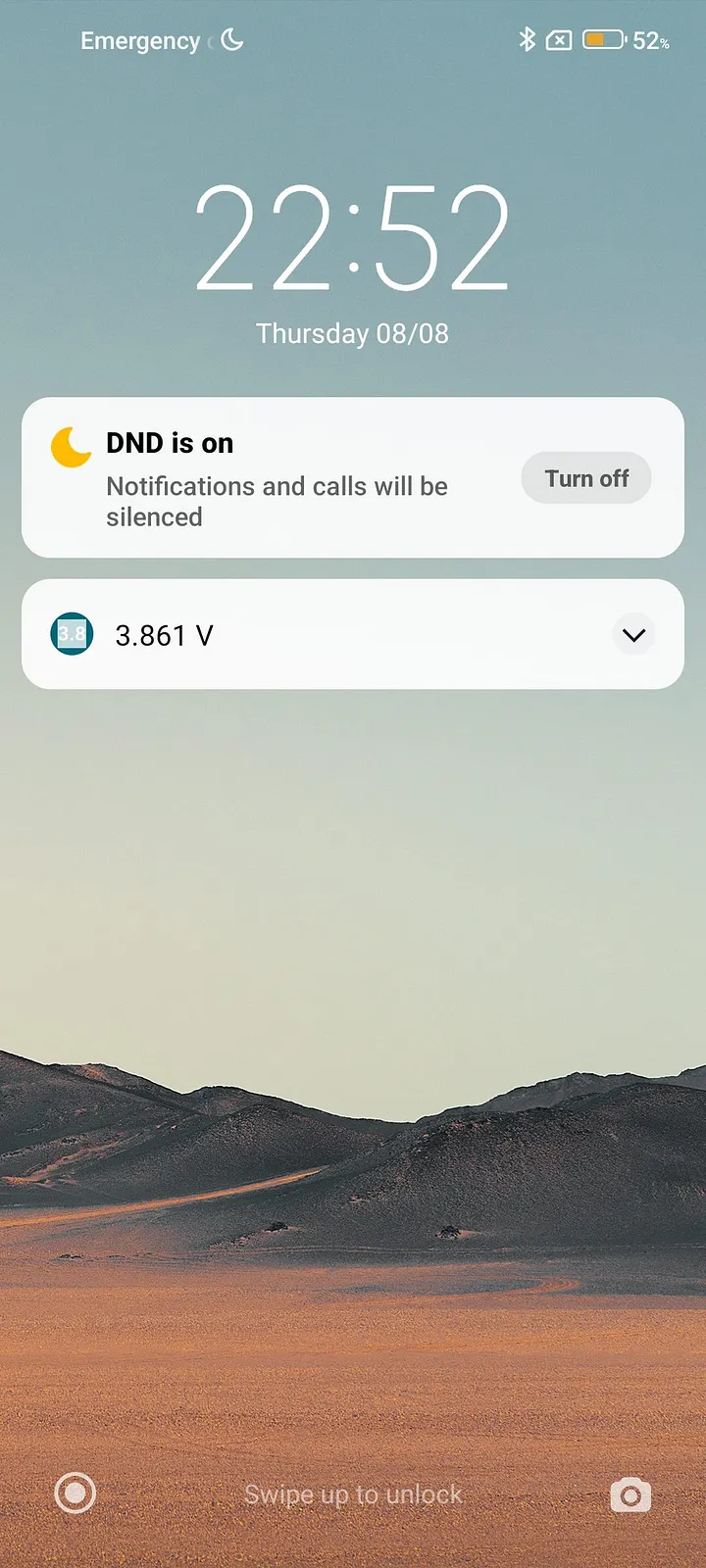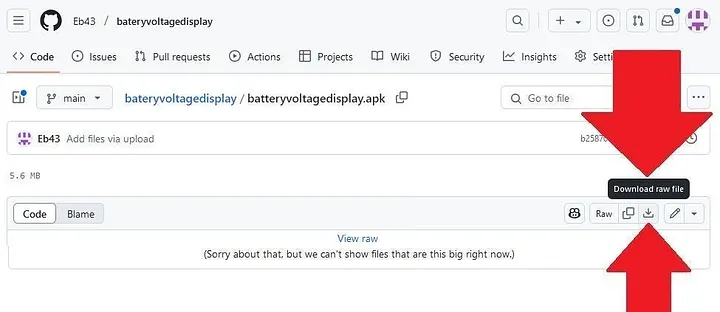How to monitor Android smartphone battery voltage and practical benefits of knowing voltage level
--
Battery voltage is an important yet often overlooked parameter that reflects the electrical state of a smartphone’s battery. Unlike the typical battery percentage indicator, voltage offers real measurement of the battery’s condition in real time.

Having real time indicator of battery voltage serves multiple practical benefits. For example, when your phone shows 100% on its charge indicator, it actually does not mean the battery is fully charged. If you look on the battery voltage, you will see the phone continues charging cycle after it indicated 100%.
You might have noticed this phenomenon: if you keep your phone connected to the charger for some time after it shows a full 100% charge, the battery seems to drain more slowly. On the other hand, if you unplug your phone right as it hits 100%, the battery’s endurance tends to be shorter. This observation is based on real behavior, as unplugging immediately means the battery wasn’t truly charged to its full capacity.
While percentage charge indicator estimate remaining capacity based on indirect arbitrary approach, voltage reading provides direct electrical data that indicates the battery’s actual status.
Why should you care about smartphone battery voltage?
Voltage is the electric potential difference between battery terminals. It fluctuates depending on load, temperature, charge level, and battery age. For example, a fully charged lithium-ion battery typically reaches around 4.2–4.5 V, and gadgets typically consider a battery depleted at around 3.6–3.7 V. At this voltage Li-ion battery still has roughly 30% of charge left. Real full Li-ion battery happens when battery reaches 2.5 Volts.
Battery voltage reflects the electrical charge within your phone’s battery cells. While percentage-based battery indicators are useful, they often hide the underlying dynamics of your battery’s condition. Voltage readings offer a more granular insight into how your battery is performing, how much power it can provide, and how efficiently it operates under different conditions.
Unlike the usual battery percentage, battery voltage is a continuous, real-time measurement that can highlight patterns signaling underlying battery issues — before your phone suddenly dies.
For example, when you see 1% charge left on the screen you are unable to predict exact moment when your phone shuts down. But when you track battery voltage while discharging, you become capable to predict exact time left before your phone fully discharges.
Real-world use cases where battery voltage monitoring helps
Battery voltage tells you more than the software-estimated percentage. Here are examples of situations where knowing your smartphone’s battery voltage provides practical, real-world value.
🔌 Avoiding power failures in cold weather
In cold environments (e.g. winter outdoor work, skiing, or cycling with a phone mounted on the handlebar), smartphones can suddenly power off even when charge indicator shows 30–40% battery remaining. This happens because cold battery cannot supply current, causing the voltage to drop below cutoff threshold of 3.6 V. Even though the software still reports adequate battery percentage.
Monitoring voltage helps predict these shutdowns: if the voltage is already near 3.8 V in cold weather, it’s a warning sign that the phone might turn off when you put a load on it — start playing game, Instagram, video recording, video call, etc. — even if it still shows 40% battery.

🔋 Detecting worn-out batteries
A healthy battery shows fairly predictable voltage fluctuation behavior during charging and usage. If your phone drops from 4.2 V to below 4.0 V within minutes of unplugging — especially during light usage — it often indicates a degraded battery.
This can help you take action early (e.g., scheduling battery replacement or adjusting usage), before sudden shutdowns, swelling occurs.
⚡ Identifying charger or cable issues
If you’re unsure whether a charger is working correctly, voltage readings can help. A phone plugged into a high-quality charger should show a steadily increasing voltage (e.g. 3.8 → 4.0 → 4.2 V). If voltage remains static or fluctuates erratically, the charger or cable might be faulty — even if the battery percentage appears to be increasing.
This is especially useful when using older, third-party, or vehicle chargers.

🎮 Monitoring battery condition under high-load apps
Voltage drops under load, where the battery cannot deliver enough current. Gaming or video recording requires a lot of battery juice. By watching voltage behavior while running such apps, you can correlate performance issues with battery strain and take steps like reducing screen brightness or unplugging peripherals.
🤑 Prolong battery lifespan to save money
By consistently monitoring voltage trends, you can adopt battery-friendly practices that slow down wear and tear. Avoiding maximum voltage levels, or high-load spikes can slow down the inevitable degradation of your phone battery, saving you money and inconvenience from searching battrey replacements.
🔍 Evaluating aftermarket or replaced batteries
When using a non-original battery or after a battery replacement, you might want to verify whether it performs similarly to the original battery. A good replacement should hold stable voltage under load and maintain a normal charge-discharge curve.
Unusual behavior — such as rapid voltage decline, charging stalling below 4.1 V, or instability — can indicate a poor-quality or defective replacement.
🧭 Optimized phone usage without access to charging
If you’re traveling, camping, or conducting field work without access to a charger, monitoring voltage gives a more accurate sense of remaining runtime. For example, seeing that your battery is at 3.8 V instead of just “40%” helps better plan usage, especially if battery behavior is inconsistent due to age or weather.
Interpreting phone battery voltage readings
A fully charged lithium-ion battery typically reaches 4.2–4.5 volts, while a phone at around 50% charge often registers close to 3.9 volts. As the battery level drops further, voltages of approximately 3.7 volts are common in the 10–20% charge range. When nearing shutdown, most smartphones cut off power at around 3.6 volts.
Fluctuations of voltage level under load is normal. Small fluctuation of ±0.1 V can be observed under light load, like launching a web browser. Significant dips of 0.5 volts can be viewed under high load. However, excessive dips (e.g., below 3.6 V with 30% charge) often signal a degraded or failing battery.
🔔 How the Android Battery Voltage Display app stands out
The app’s main advantage lies in its real-time voltage monitoring, always in view. It displays battery voltage directly in the notification icon at the top of the screen. This dynamic icon updates continuously and remains visible across nearly all apps, ensuring you can monitor battery voltage without switching screens or opening the app.

Whether you’re browsing, or using productivity tools, the current voltage is always just a glance away — making the information immediately accessible and constantly available.
Beyond its main practical use case, the Battery Voltage Display app is crafted to be lightweight and user-friendly. It doesn’t run heavy background services or drain your battery itself. Instead, it works efficiently with minimal system resources and offers:
- A clean, minimal interface that never gets in your way
- Automatic startup support so you never miss a voltage update after reboot
- No ads, no distractions — just pure battery data
- Compatibility with Android 8 and newer, covering a wide range of devices
Conclusion
Regularly monitoring your smartphone’s battery voltage provides valuable insights beyond the standard battery percentage indicator. It allows for better understanding of battery health, and charging behavior, which can contribute to more effective battery management and longer device lifespan.
The Battery Voltage Display app offers a practical tool for accessing this information conveniently, with minimal impact on system resources.
💾 Download the Android Batery Voltage Display APK file: https://github.com/Eb43/bateryvoltagedisplay/releases/download/untagged-60e1286d7c2917ba5d08/batteryvoltagedisplay.apk or on F-Droid https://f-droid.org/packages/com.example.timenotification/

Origin: Eugen Barilyuk EB43 Github https://github.com/Eb43/bateryvoltagedisplay
